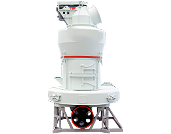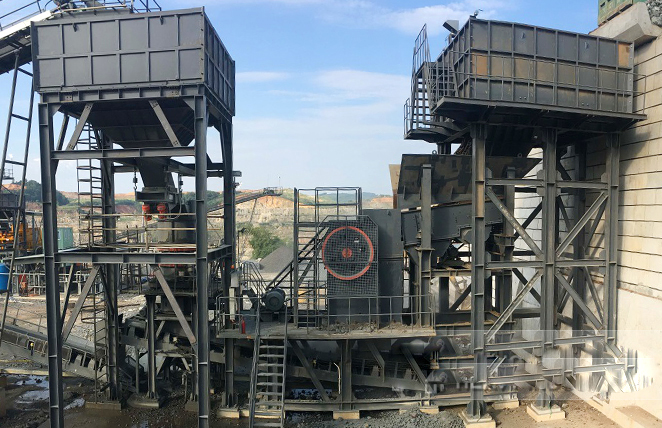The critical speed of a ball mill is a fundamental concept in grinding operations, referring to the rotational speed at which the grinding media (balls) inside the mill begin to centrifuge, adhering to the mill’s inner wall due to centrifugal force rather than cascading or falling back to impact the material. Below is a detailed explanation:
 Principle of Critical Speed
Principle of Critical Speed
1. Definition:
The critical speed (\(N_c\)) is the rotational speed (in revolutions per minute, RPM) at which the centrifugal force equals the gravitational force acting on the grinding balls. At this point, the balls remain stuck to the mill’s inner wall and no grinding occurs.
2. Formula:
The critical speed can be calculated using:
\[
N_c = \frac{1}{2\pi} \sqrt{\frac{g}{R – r}}
\]
Where:
– \(N_c\) = Critical speed (in RPM).
– \(g\) = Acceleration due to gravity (\(9.81 \, \text{m/s}^2\)).
– \(R\) = Inner radius of the mill (in meters).
– \(r\) = Radius of the grinding ball (in meters).
A simplified empirical formula often used is:
\[
N_c = \frac{42.3}{\sqrt{D}}
\]
Where \(D\) is the internal diameter of the mill in meters.
3. Operational Speed:
– Ball mills typically operate at 65–75% of critical speed for optimal efficiency.
– Below critical speed: Balls cascade (rolling and tumbling), causing impact and attrition grinding.
– At critical speed: Centrifugation occurs, halting grinding action.
4. Importance:
– Ensures proper cascading motion for effective size reduction.
–  vents excessive wear or damage due to high-speed centrifugation.
vents excessive wear or damage due to high-speed centrifugation.
Key Takeaways
– Critical speed depends on mill diameter and grinding media size.
– Operating below critical speed maximizes impact and shear forces for efficient grinding.
Would you like further details on how this affects grinding efficiency or design considerations?





Leave a Reply